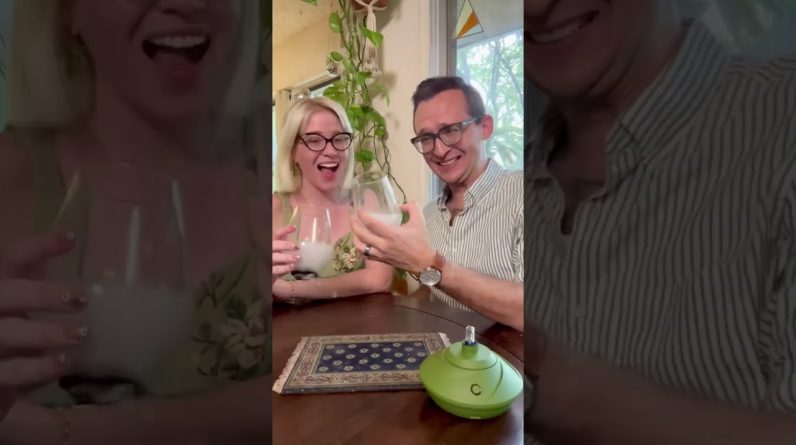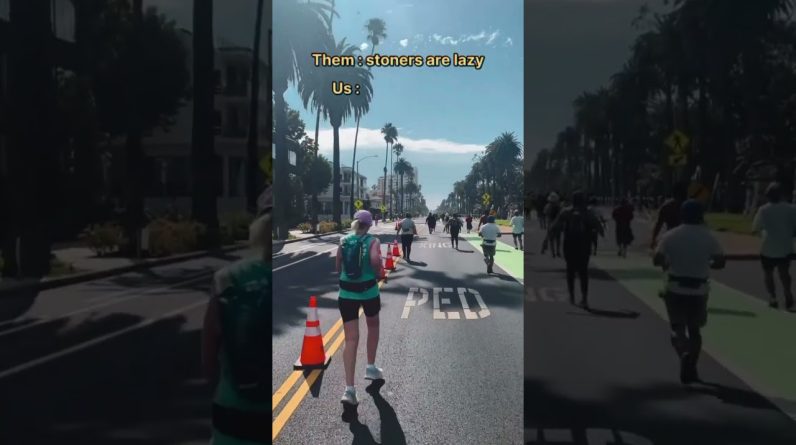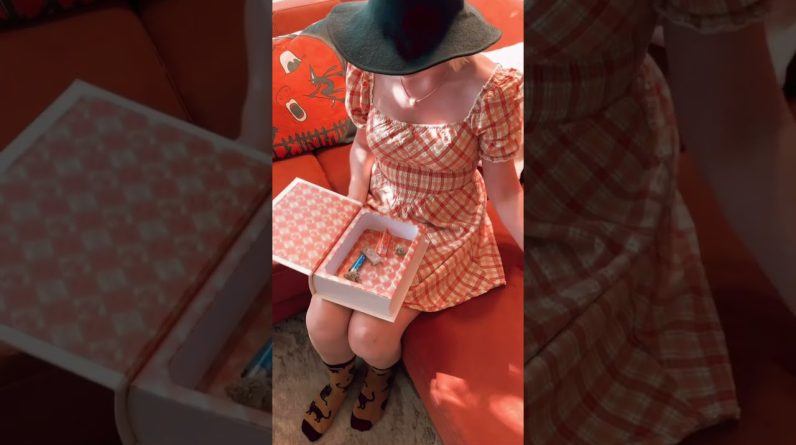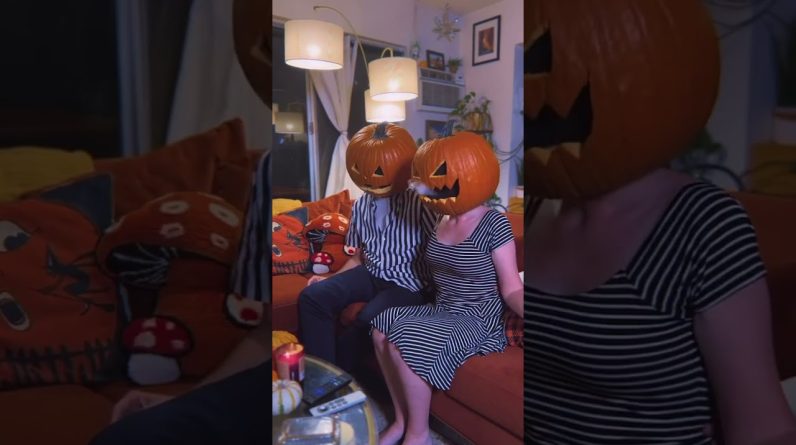
While sufficient sunlight is important for your cannabis plant, too much exposure to light can cause significant damage. In case of excessive exposure to light, your plants turn yellow or exhibit signs of cannabis light burn.
The yellowing of leaves by extra exposure to light is called light burn or light stress plants. Unfortunately, many cannabis growers neglect the primary signs of cannabis light burn since they are hard to identify.
Light intensity is a primary concern for many indoor growers. On the one hand, if your plant does not get the right energy, it will impact your harvest. On the other hand, if it gets too much light, it can be a victim of light burn.
Therefore, indoor cannabis growers must be aware of cannabis light burn and its symptoms. Let us learn more about light stress and how to prevent it in cannabis plants.
What Is Cannabis Light Burn/Stress?
In cannabis plants, light burn refers to a condition where the leaves turn brown or yellow and may eventually die. The condition is usually caused by too much light exposure, which can be either natural or artificial. Light burn can also be caused by nutrient deficiencies, water stress, or even herbicide injury.
Since cultivators have switched to LED lights, light stress has become more common than heat stress because high-efficiency led grow lights produce more light and less heat.
Cannabis light burn significantly affects the plant’s chlorophyll, the green pigment present inside the plants.
Plants use chlorophyll and light energy for photosynthesis. Exposure to intense lighting degrades chlorophyll and bleaches it. As a result, the affected leaf looks scorched from the edges.
Seedling Light Stress
Your cannabis plant is more susceptible to light burn at the seedling stage because this is a very delicate period of a plant’s life cycle. After cannabis seeds grow little foliage, they become capable of photosynthesis and start to capture light to convert it into energy.
In week two or three, the seedlings will develop true leaves for more photosynthesis. Thus, light serves an important role in helping your plants grow thicker buds.
Adequate light exposure is crucial for seedlings to grow. Insufficient light makes the plant stretch out, making it weak. The stem becomes too brittle to support the plant and flops over.
One way to prevent this is to not put LEDs too close to the seedlings. Instead, nurture the seedlings with sunlight if possible, as seedlings do not require plenty of light.
Cannabis Leaf Burn
Cannabis leaf burn has similar symptoms as a nutrient deficiency. These symptoms appear at the top of the leaves, where the light intensity is the maximum. You’ll notice yellow tips when your plant is under light stress. However, the leaf veins retain the green color.
You can check PPFD (photosynthesis photon flux density) readings of the grow lights to know a safe light distance for your plants to prevent cannabis light burn. You can also test various PPFD settings to know what works best for your cannabis plant.
Sometimes indoor lights affect chlorophyll and cause it to bleach. As a result, the leaves turn white. It further leads to foliage degradation. Also, intense grow light can make your entire plant wither.

Symptoms: How Too Much Light Can Stress Cannabis Plants?
Indoor growers often mistake cannabis light burn with nitrogen deficiency because a leaf deficient in nitrogen exhibits similar symptoms. It starts wilting and gets yellow tips.
However, leaves with nitrogen deficiency become weak and fall on their own. Meanwhile, leaves with light stress are hard to pluck off the plant. Nitrogen deficiency also affects leaves at the bottom as nitrogen is sucked from the leaves at the bottom to feed the top of a plant.
In contrast, cannabis burn or light stress from a LED grow light affects the plant canopy. Therefore, growers must recognize signs of light stress and avoid mistaking them for nutrient deficiencies.
If you’re new to growing cannabis, you must correctly identify symptoms of light stress. Here are the signs of light stress in cannabis plants:
- Initially, cannabis light burn affects the leaves closer to the source of light or at the top. Yellow leaves do not appear immediately. Instead, the tips start curling upwards in the initial stages of light stress.
- If the plant stays under light stress, the leaves slowly turn yellow. The leaves exposed to more light will appear lighter in color than the rest of the plant.
- Gradually the tips of the leaves turn yellow. If you inspect the leaves closely, you’ll notice green veins.
- Some leaves may curl upwards to shade themselves. Leaves also lose luster and become more crispy with time. Such leaves start to appear burnt with brown spotting.
- Buds start to bleach out and appear bright white. Light bleaching from cannabis light stress highly impacts the potency of the buds, rendering them useless.
How to Treat Light Stress in Weed Plants
If you notice any symptoms of marijuana light burn in cannabis plants, you must take measures to fix light burn to help save your harvest.
Light burn is a common problem for cannabis growers, especially those who are new to the hobby. The good news is that it is relatively easy to fix, and your plants will usually recover within a week or two.
The first step is to identify the cause of the light burn. If you are using artificial lights, make sure that they are not too close to the plants. You may also need to adjust the angle of the lights so that they are not shining directly on the leaves.
If you are growing outdoors, make sure that the plants are not getting too much direct sunlight. Once you have identified the cause of the light burn, you can take steps to fix the problem.
Severe marijuana light burn will affect the potency of your plants, so you need to take immediate steps to treat light stress in your plants. Here are some basic ways to treat light stress in your plants.
Grow Room Adjustments
Make some changes in the grow room by moving the grow lights further away from all the affected plants. You can use a PAR meter or a lux meter to make sure that the grow lights are at a safe distance from your cannabis plants.
If your plants are in a limited space and don’t have sufficient vertical space left for adjusting your lights, you can use plant training techniques like topping or low-stress training to increase the light distance from your plants. This is suitable for achieving optimal growth and health of your plants.
Topping will help if your plant is in its vegetative stage. Maintaining an even plant canopy also helps expose leaves to equal light distribution because you bend the tallest stems away from the light and keep them at a maximum distance from grow lights.
You can also reduce the power of your grow lights to treat light stress. If you can identify symptoms in the earlier stage of light burn, it will take about two weeks for your plants to recover from light stress and show recovery signs.

How to Prevent Light Stress in Marijuana Plants
You need to make basic changes to your grow room to prevent light burn. For example, you can perform a hand test to ensure that your plants aren’t exposed to intense light.
- You can perform a hand test by keeping your hand under the light just above the canopy of your cannabis plants. If the light causes discomfort or irritation on your skin or if you feel the heat emitted by the lights, it means that your plants are under intense light. You should raise the grow lights further away from the plants.
- If you change your plant’s environment, you must maintain the same level of light exposure. Otherwise, plants exhibit signs of light burn.
- Check the grow lights you use and learn more about a safe distance. Different grow lights have different suitable distances from your plants. You must know more about your lighting system and the environmental factors of your grow room.
- Buy a PAR or LUX meter to accurately determine the light your cannabis plant gets. An optimal lux level in the plant’s vegetative stage is between 30,000 to 70,000 lux/m2. When your cannabis plants are flowering, an optimal lux level is between 50,000 to 90,000 lux/m2.
- The recommended PAR level for healthy plant growth is 200-400 photosynthesis photon flux density (PPFD) for mother plants and seedlings. For plants in the vegetative stage, the suggested PPFD is 400-600, while plants in the flowering stage require 600-900 PPFD.
- If you’re growing your plants in a limited space, you must start low-stress training as early as possible to avoid light burn.
- You must also understand the importance of your plant’s environment and how it affects optimum yield.
Grow Lights
Your primary goal is to produce thick and dense buds without causing cannabis light stress in the plants. If you don’t provide enough light, your cannabis plants won’t grow properly, but providing too much light will also have adverse effects on your plants.
This is why it is crucial to know about various types of grow lights and how safe they are for your plants. Here are some types of grow lights you can use at a safe distance from your plants to avoid providing too much light.
- LED
- Metal Halide (MH) and High-Pressure Sodium (HPS)
- Fluorescent Grow Lights
- Ceramic Metal Halide (CMH)
Closing with Light Stress Plants
By now, you should have a basic understanding of light burn, preventive measures to cure light burn, and treatment for plants with light burn. Make sure you actively check on your cannabis plants and practice plant training methods.
Also, adjust your grow room with appropriate plant requirements to make your cannabis plants thrive by minimizing the risk of cannabis light stress.





